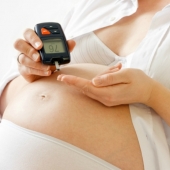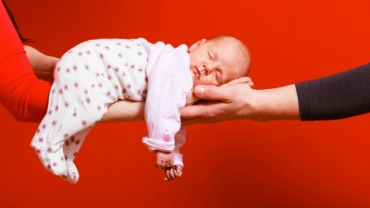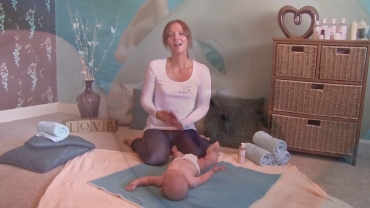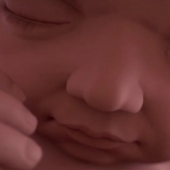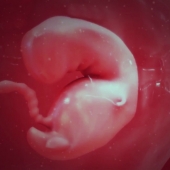The body of the baby prepares itself to the birth, and the closer the date of birth is, the more significant the changes in its body are. The baby’s skin becomes smooth, the vellus disappears, and the formation of vernix caseosa stops. Every day, the child's weight increases, but now not more than in 30 grams a day.
Changes in Body:
- As your baby grows, she puts more and more pressure on your bladder. Despite it being squashed flat, you should keep drinking water to stay hydrated.
- It's time to go over your notes from childbirth class and think about which labour positions you'd prefer. Whether standing, on all fours or sitting in a rocking chair, it's helpful to practice the different positions at home before the big day arrives.
- You need to install a rear-facing car seat so you can safely (and legally) transport your baby home from the hospital. Remember that only 5 percent of babies are born on their due date, so it's best to get this done well before that time.
Your Baby:
- Your baby has now put on fat so it now appears rounded and its skin has a pink look.
- Baby's hair may be as 5cm and fingernails will need cutting.
- The Vernix that has been protecting the skin of the growing fetus will begin to dissolve.
- At this stage baby now is about 48cm long and weighs 2.9kg
- The wrinkled skin is becoming 'baby' smooth.
- The baby may have reached its final birth position.
Did you know?
Your baby may be moving down (“dropping” or “engaging”) into your pelvis now to get ready for birth. The good news is that you’ll be able to breathe more easily; the “bad” news is that the baby will be lower in your pelvis and pressing against your bladder, so you’ll have more frequent bathroom trips!
It may be time to start familiarizing yourself with different methods of pain relief during labour and make your birth plan.
- 274 views

